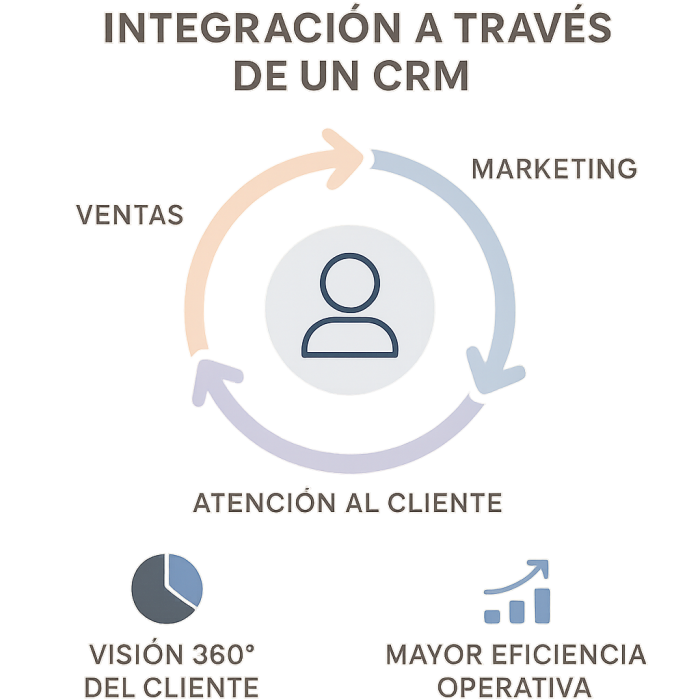Intelligent Cybersecurity in SMEs: How to Protect Your AI Processes in 2024 The adoption of Artificial Intelligence (AI) solutions by small and medium-sized businesses (SMEs) is on the rise, but with it, so are cybersecurity risks. In 2024, protecting AI processes and data is vital to prevent breaches, fraud, and financial loss. This article explores practical strategies to protect your business in the new technological landscape. Why Should AI Security Be a Priority for SMEs? As SMEs integrate AI to automate tasks, analyze data, or improve customer service, cyberattacks evolve to exploit specific vulnerabilities in these systems. “Intelligent agents” can be compromised and access sensitive information such as your financials, strategies, or customer data. A single incident can seriously affect the business’s reputation and viability. Common Mistakes: How Are AI Solutions Breached in SMEs?
- Lack of specific protection for AI systems, assuming that traditional software is sufficient.
- Not updating models and tools with the latest security patches.
- Not knowing what data AI collects and uses, neglecting privacy and regulatory compliance.
- Allowing excessive access to AI “agents” without a policy of least privilege.
- Underestimating new threats: advanced phishing, deepfakes, or manipulation of results by hackers.
- Palo Alto Networks Prisma AIRS: Provides comprehensive protection for AI workloads and real-time threat monitoring.
- IBM watsonx: Integrate AI-adapted compliance and governance into enterprise environments.
- TXOne Networks Stellar: Industrial equipment security and AI-based network segmentation.
- Cyberhaven and CalypsoAI: Visibility into the use of AI tools and data loss prevention.
- Evaluate which areas of your company use AI and map the associated risks.
- Choose AI platforms that offer native cybersecurity mechanisms and easy integration.
- Implement multi-factor authentication and granular access control, especially for AI tools.
- Constantly update your software and train your team to detect emerging threats (e.g., deepfakes).
- Consider automated, immutable backups to recover from AI-targeted cyberattacks.
- Identify and prioritize critical points where AI interacts.
- Implement AI-specific cybersecurity platforms and tailor permissions based on roles.
- Train your team in security practices against sophisticated threats.
- Audit and update your systems regularly.
- Prepare for incidents with automatic backups and response policies.









